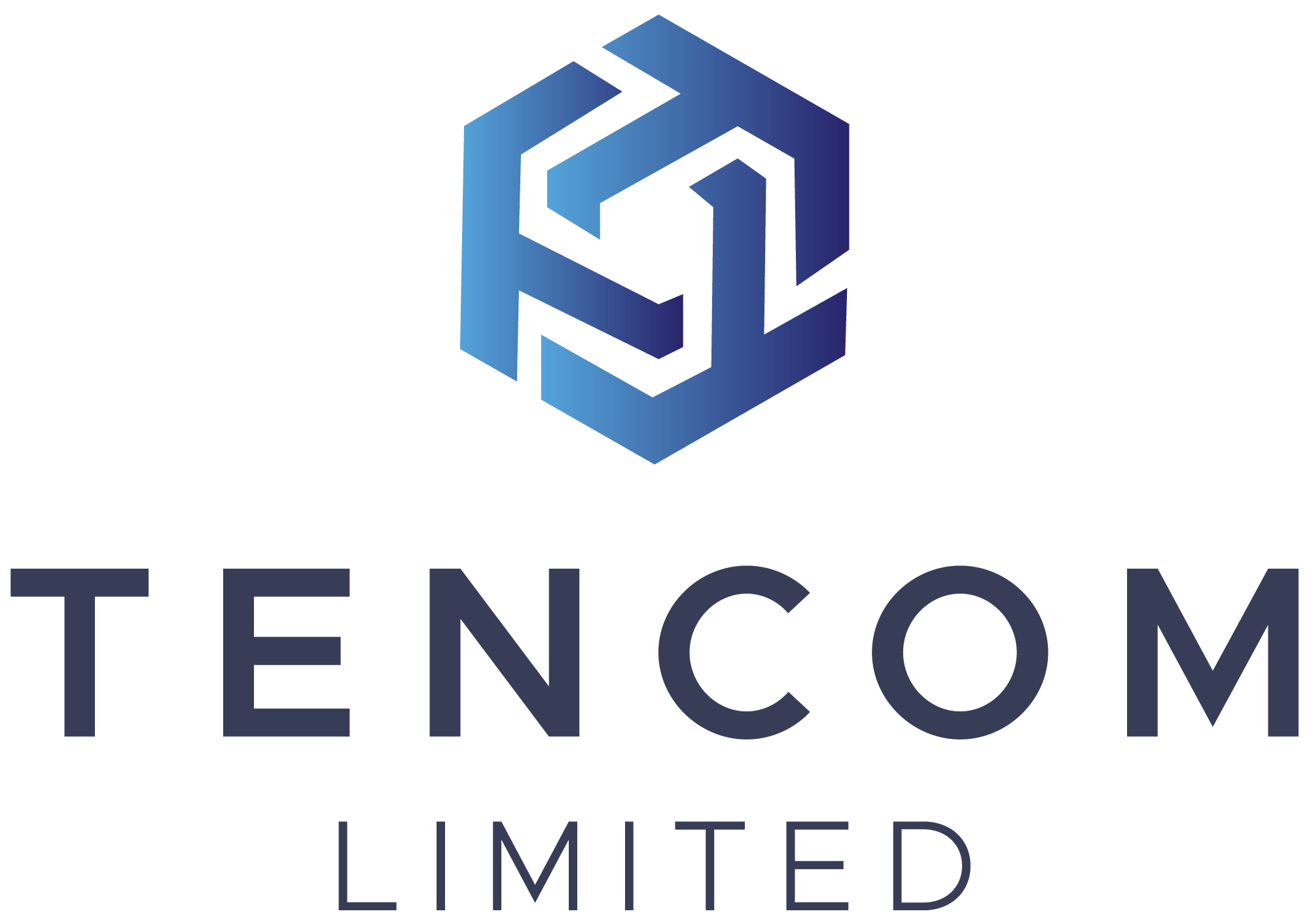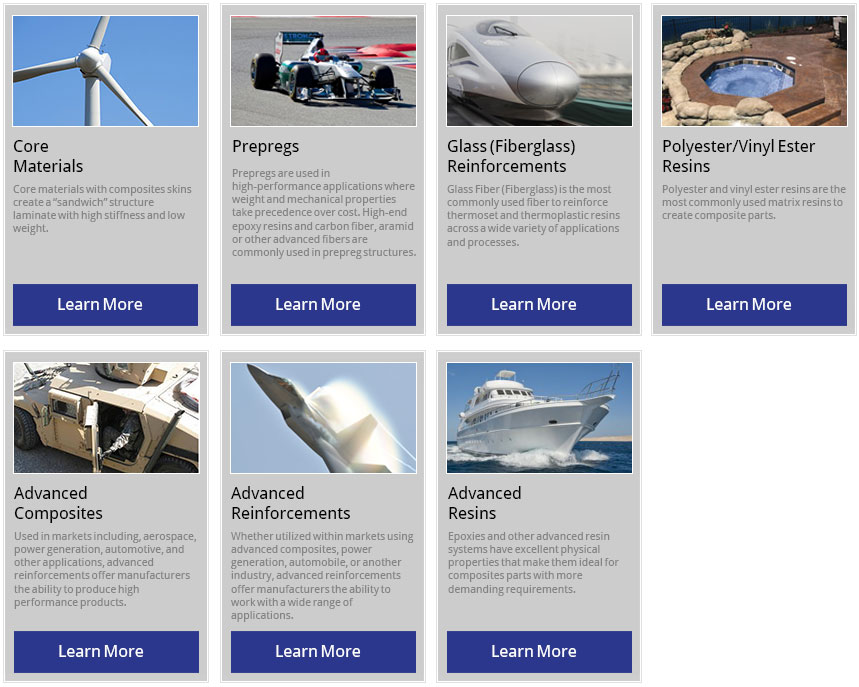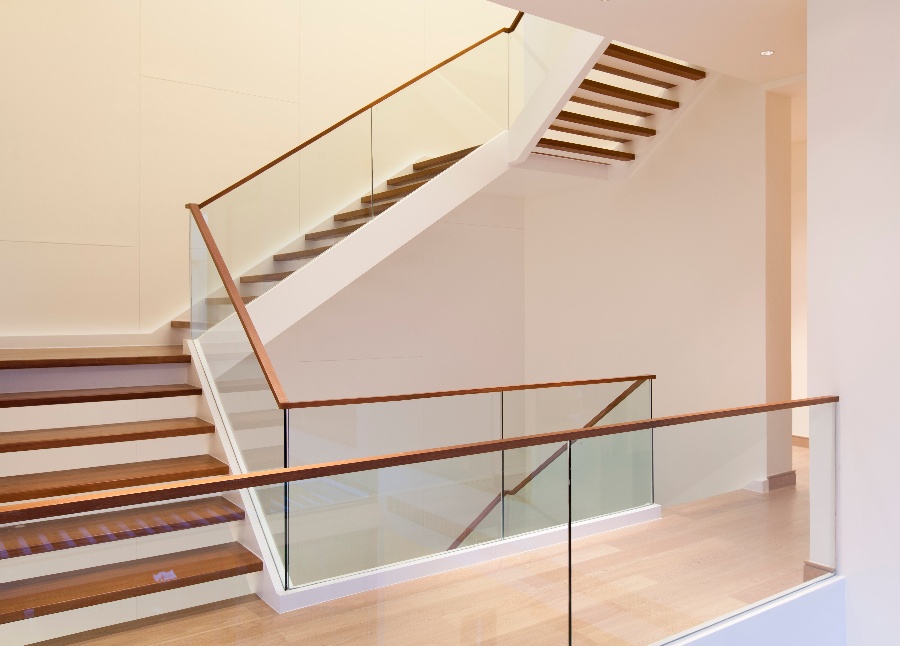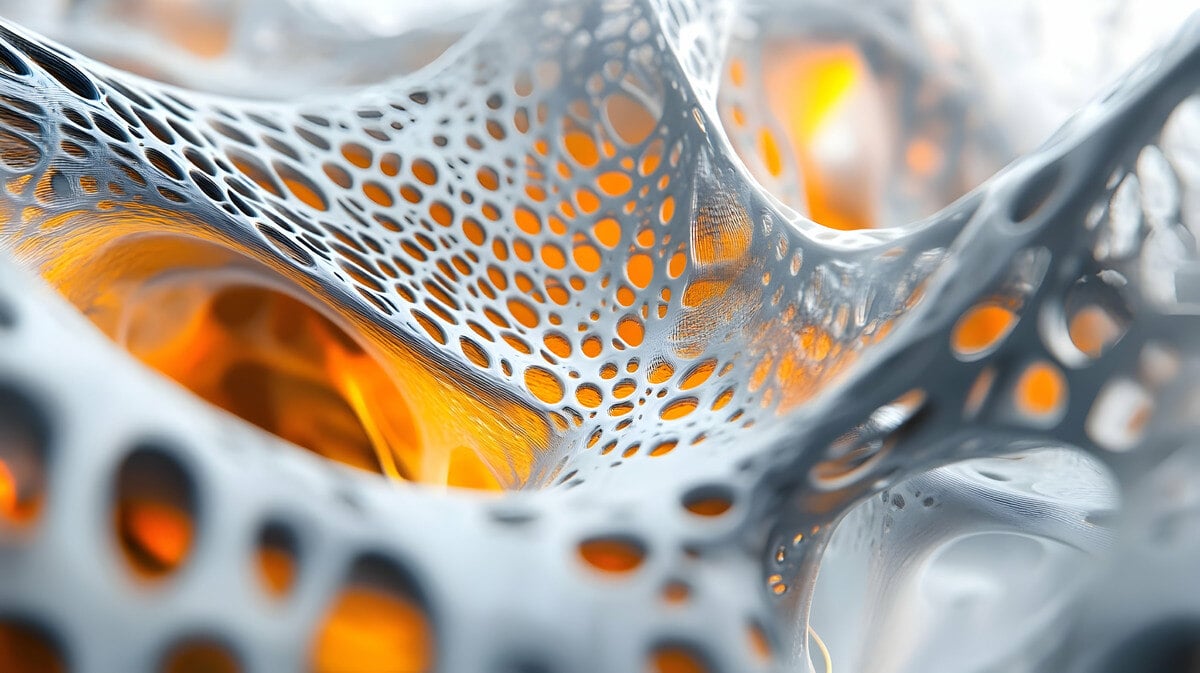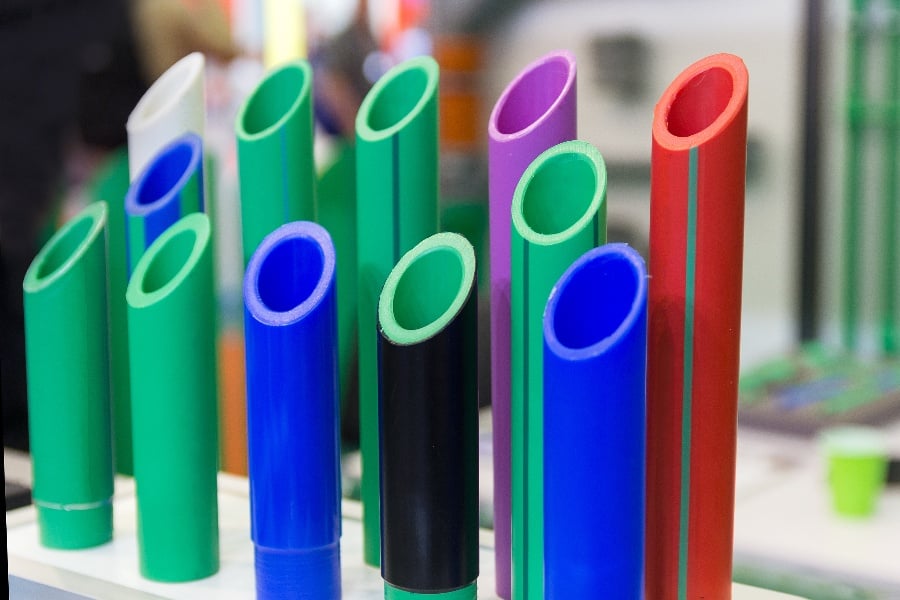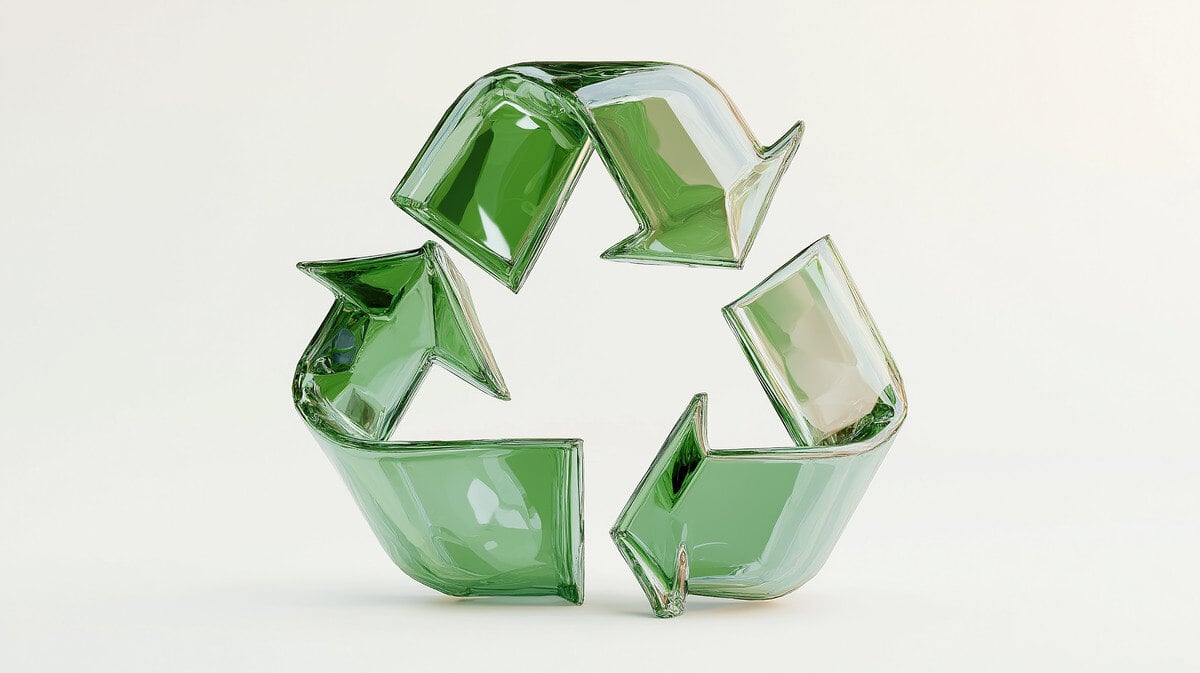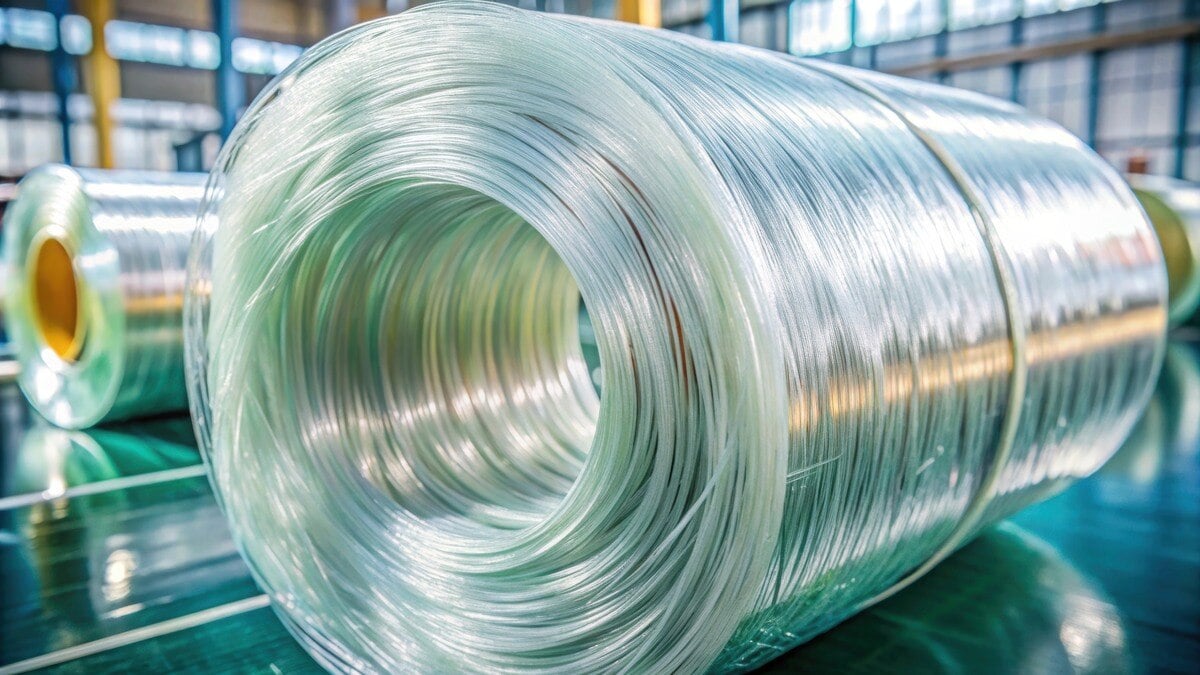
Fiberglass pultrusion represents a critical manufacturing technique for producing continuous, high-strength composite profiles by pulling reinforced fibers through a resin matrix and a heated die. In 2025, significant progress has been made in enhancing these composites with fire-retardant properties and superior performance characteristics, addressing demands for safety, durability, and efficiency in sectors such as construction, transportation, and infrastructure.
This article explores these developments, their technical foundations, applications, and implications for future industry growth.
Innovations in Fire-Retardant Technologies
Recent advancements have focused on integrating flame-retardant additives into pultruded fiberglass to improve resistance to ignition and flame spread, meeting stringent standards such as ASTM E84 and UL 94. For instance, formulations incorporating vinyl ester resins with specialized fire-retardant compounds have demonstrated enhanced performance in high-risk environments, reducing corrosion and achieving up to 40% weight savings compared to traditional materials.
Enhancements in High-Performance Composites
High-performance fiberglass pultrusion has benefited from the adoption of advanced resins and reinforcements, enabling superior mechanical properties such as high strength-to-weight ratios and corrosion resistance. Recent developments include new resin systems that enable faster curing times, supporting high-volume production in industries such as automotive and construction.
Glass fiber-reinforced polymer (GFRP) composites, produced via pultrusion, have seen rapid progress driven by advancements in equipment that have revolutionized manufacturing efficiency. These materials now offer dimensional stability and electrical insulation, making them ideal for lightweight structures in aerospace and renewable energy applications. Market projections indicate the GFRP composites sector will reach $84.3 billion by 2030, driven by these innovations.
Applications Across Industries
These advanced composites are increasingly applied in construction for fire-resistant grating and profiles, where pultruded fiberglass with fire-retardant additives provides long-term durability in corrosive environments. In transportation, high-performance pultruded components help reduce vehicle weight, enhancing fuel efficiency and safety.
Infrastructure projects benefit from GFRP's corrosion resistance, replacing traditional materials in bridges and marine structures. Furthermore, the integration of carbon fiber in pultruded hybrids has enabled specialized applications, such as chassis components that increase payload capacity by up to 36%.
Economic and Market Implications
The pultruded fiberglass market is expected to expand at a compound annual growth rate of approximately 7.94% from 2025 to 2034, reaching $6.81 billion, fueled by these technological advancements. Economic benefits include reduced maintenance costs and improved sustainability, aligning with global trends toward eco-friendly materials.
Future Prospects and Challenges
Looking forward, the field is poised for further integration of sustainable resins and smart additives to enhance fire-retardancy and performance. Challenges include scaling production while maintaining quality, but ongoing research promises to address these through advanced process optimizations.
In conclusion, advancements in fire-retardant and high-performance fiberglass pultrusion composites in 2025 underscore a commitment to safety and innovation, positioning these materials as essential for future industrial applications.
